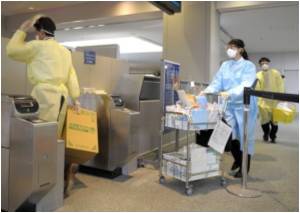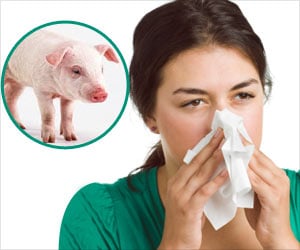Health care workers were placed at risk with scarce mask use or insufficient supply of respirators during H1N1 pandemic during the earliest stages of 2009 claims a new study.

The investigation found that 9 of the health care workers tracked became infected with the 2009 H1N1 virus, likely from contact with infected patients. Twenty of the 63 health care workers reported that they had worn a mask or respirator at least once when in contact with patients, and no one from that group became infected with 2009 H1N1. Meanwhile, 43 workers reported never using a mask around patients, and all 9 infections occurred in workers from this group.
Overall, mask and respirator use was disappointingly low, the researchers report. Only 19 percent reported using a mask during every patient encounter. Use was especially low among outpatient workers, who also made up the majority of those who became infected with 2009 H1N1.
"The findings highlight the challenge of getting health care personnel to routinely wear Personal Protective Equipment," Jenifer Jaeger, MD, MPH, Associate Pediatrician, Massachusetts General Hospital, said. "The study also suggests that greater attention to infection control and preparedness, particularly among outpatient workers, is needed."
Source-Eurekalert












